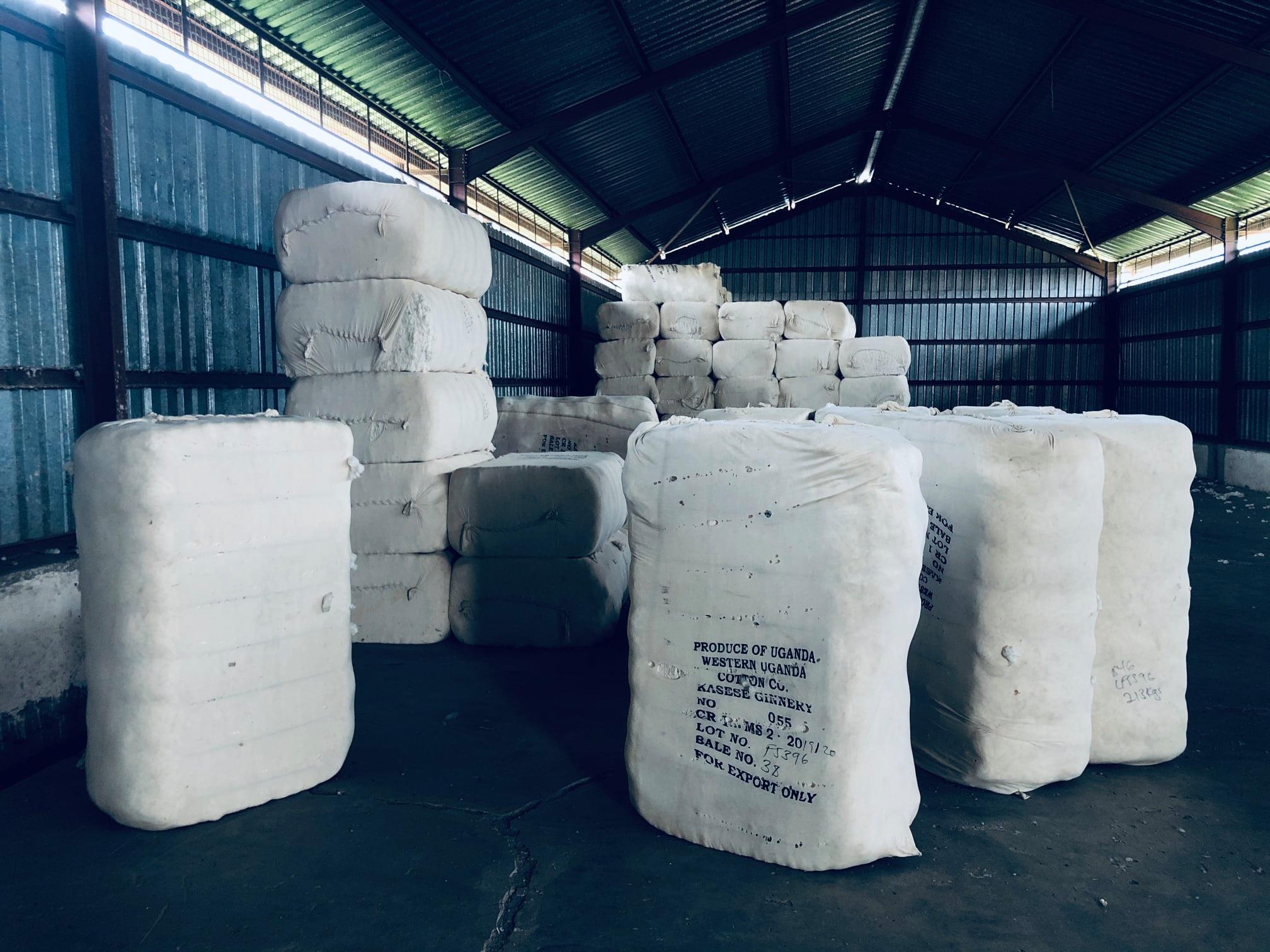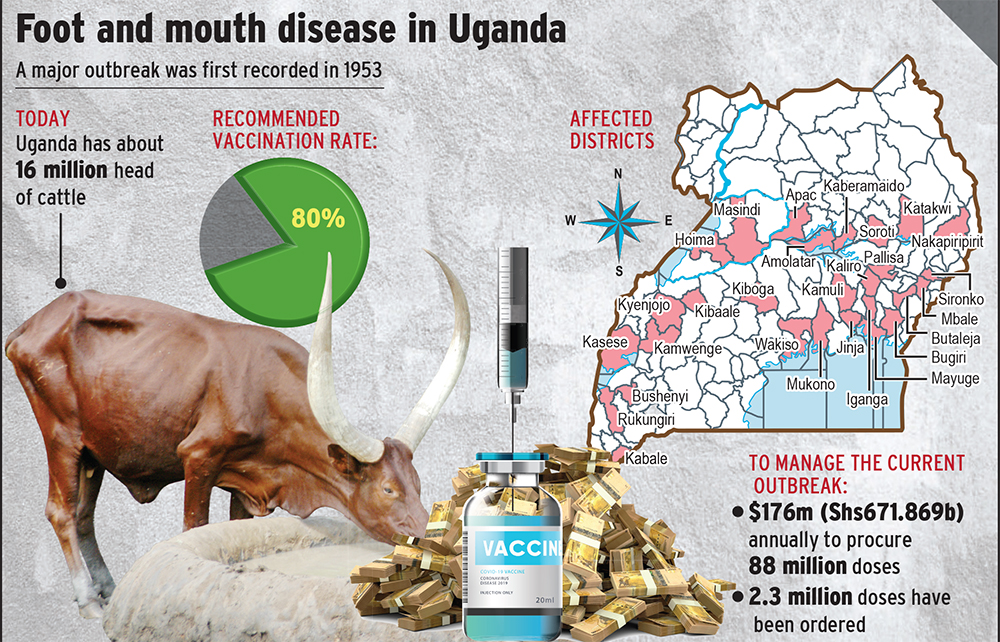Uganda’s once-thriving cotton industry, a significant source of income for around 250,000 households, is facing a grim future. In this critical analysis, we delve into the various factors contributing to the industry’s decline and its consequences.
A Shrinking Sector
Over 90% of Uganda’s cotton lint is exported at a meager price of less than $1 per kilogram, heavily reliant on the volatile international commodity market. The industry, ranked as the third-leading export commodity after coffee and tea by the Cotton Development Organisation (CDO), largely exports unprocessed cotton lint, compounding its challenges.
Challenges Piling Up
The cotton sector’s challenges are compounded by factors such as low spinning and weaving capacity, exorbitant infrastructure costs, high financing expenses, and weak linkages along the value chain. Despite the potential for cotton production in many regions of Uganda, competition from other crops, price fluctuations, and a reliance on counterfeit and second-hand garments have hindered its growth.
Textile Industry Stagnation
The effects of the cotton industry’s decline are evident in the stagnating textile sector, which struggles to source quality locally-produced fabric. High costs, lack of data, and limited capacity in the textile industry hinder the production of quality goods from subpar raw materials. The appetite for foreign-made clothes, including second-hand garments, remains high due to the sector’s inefficiencies.
Historical Significance and Downfall
Historically, Uganda was known as a significant cotton-producing country, with the potential to produce a million bales annually. However, over 90% of the lint produced is exported at a paltry price, resulting in significant value loss. Uganda’s textile and apparel sector exports contribute a mere $66.61 million, whereas imports amount to a staggering $268.81 million.
Top Importers and Exporters
Uganda’s top textile and garment imports are dominated by countries like China, India, the United Arab Emirates, Kenya, and Pakistan. In contrast, the country’s cotton, which could be marketed as a niche product, has negligible international presence.
By-Products Woes
Challenges in the cotton value chain include a lack of spare parts, power supply issues, old equipment, and an inability to utilize by-products like cotton stalks. The sector struggles with processing cottonseed oil due to limited raw materials, lack of capital, outdated technology, high operating costs, and competition from other edible oils.
Revival Attempts
Despite the challenges, the government has recognized the cotton-textile sub-sector’s importance and has formulated a National Textile Policy and strategy. The textile industry, if revived, could create up to 50,000 jobs and generate $650 million in exports. However, market distortions, high financing costs, low productivity, and weak trade policies need to be addressed.
Potential for Growth
The textile sub-sector, though currently underdeveloped, has the potential to employ millions of Ugandans and significantly contribute to the country’s economy. Addressing the challenges and fostering a supportive environment for local textile sourcing and investment could lead to a revival of this declining industry.
Uganda’s cotton industry faces a plethora of challenges, from export issues to market distortions and inadequate infrastructure. The potential for growth is there, but significant efforts are required to rejuvenate this once-thriving sector.




















